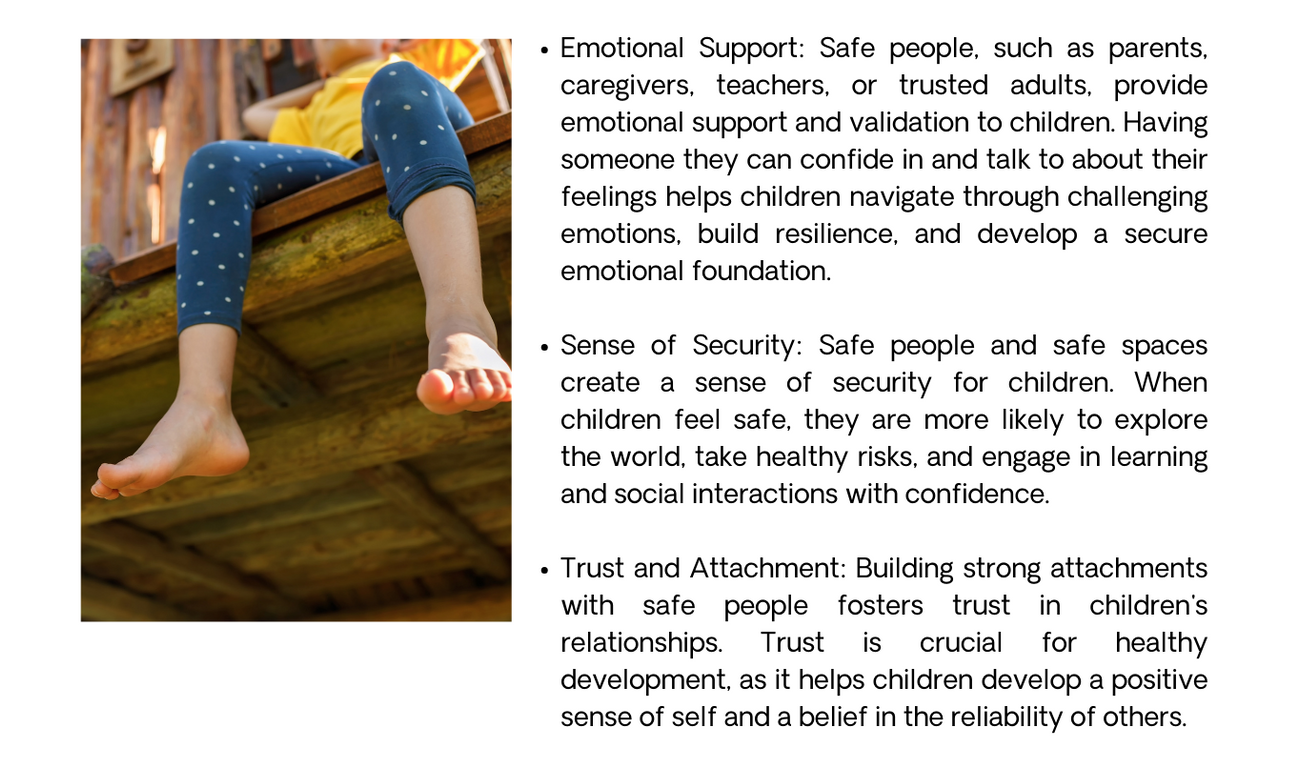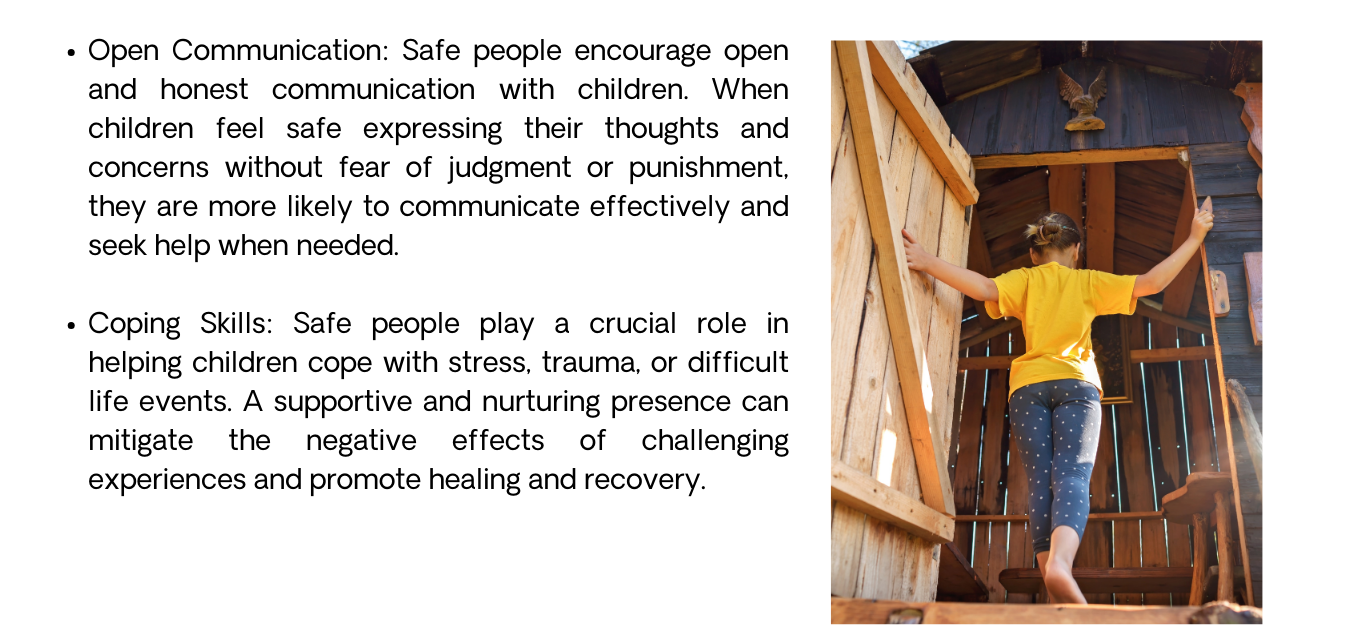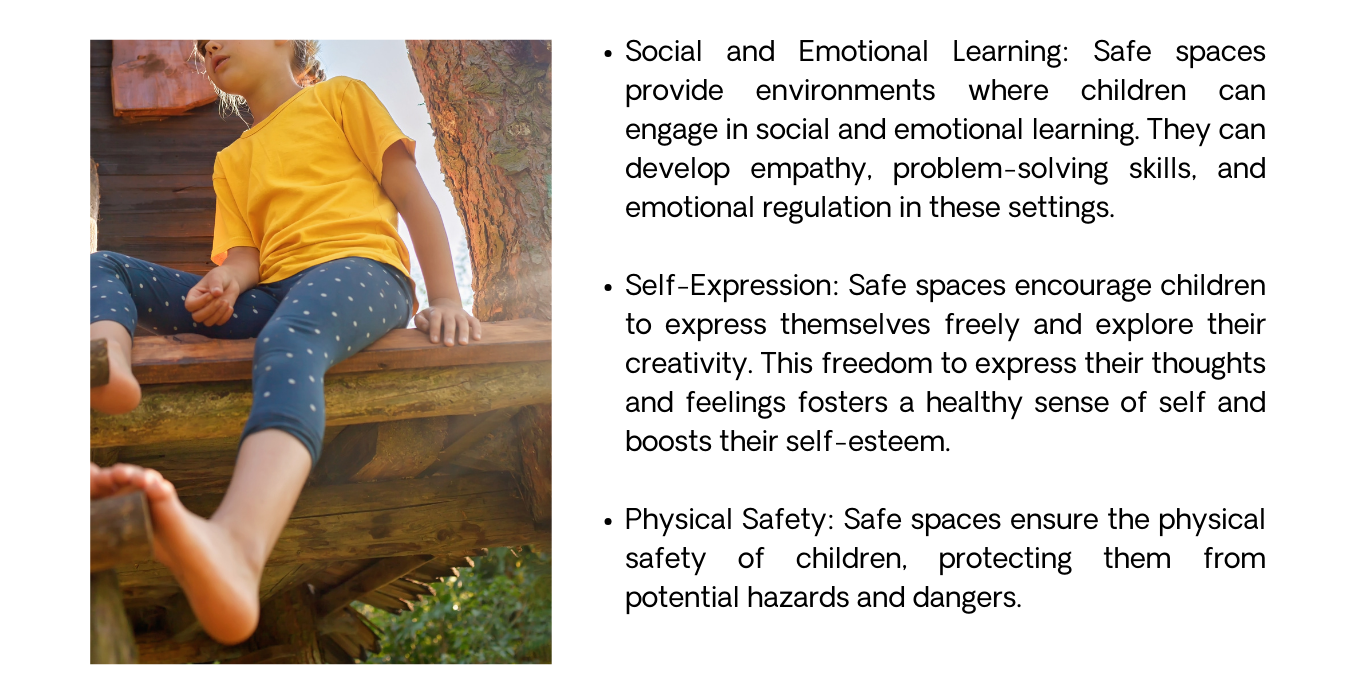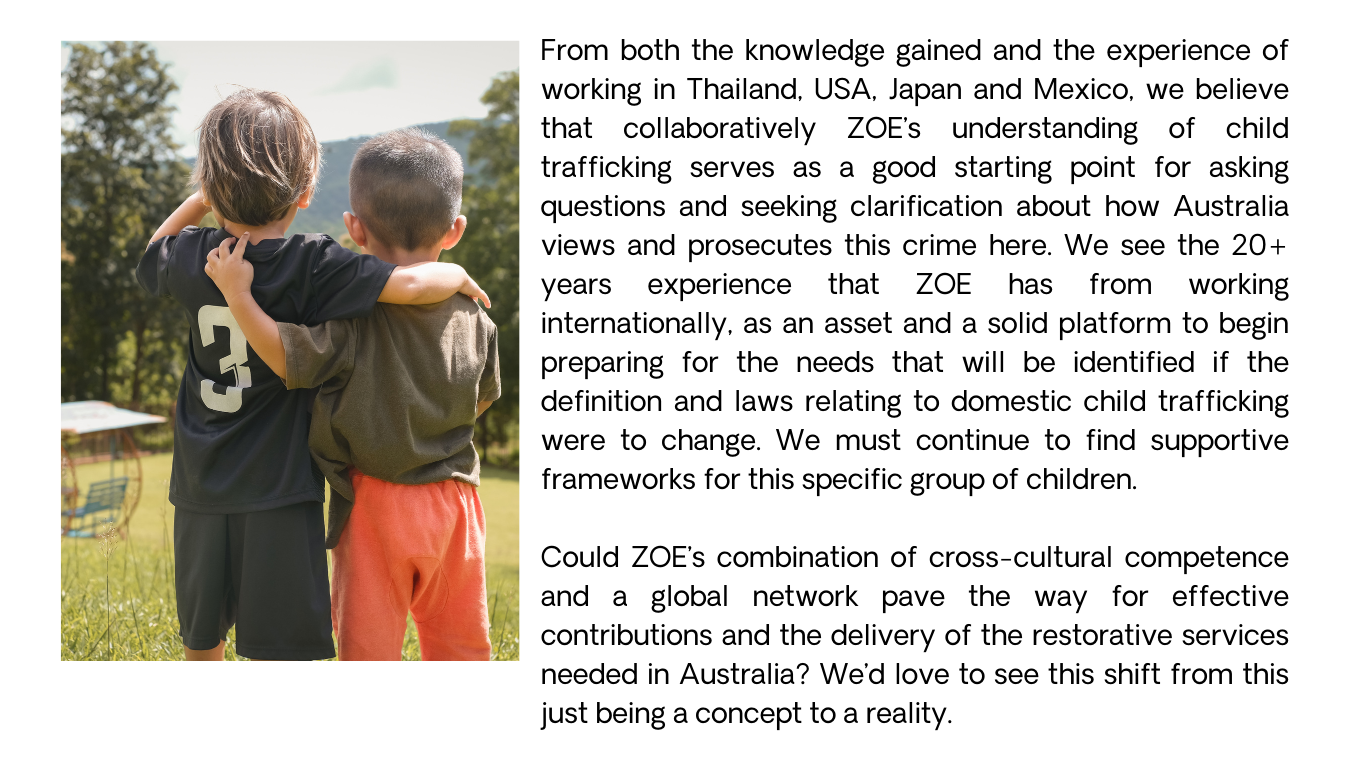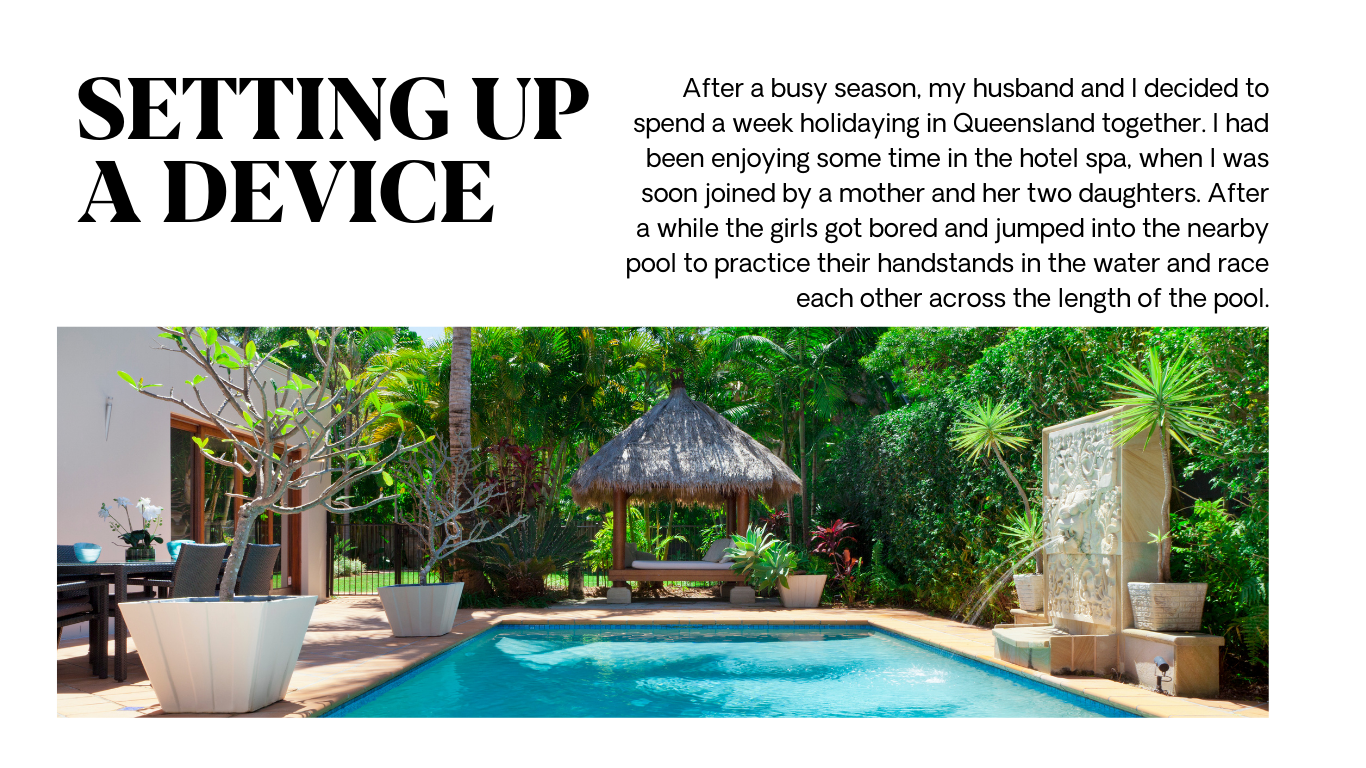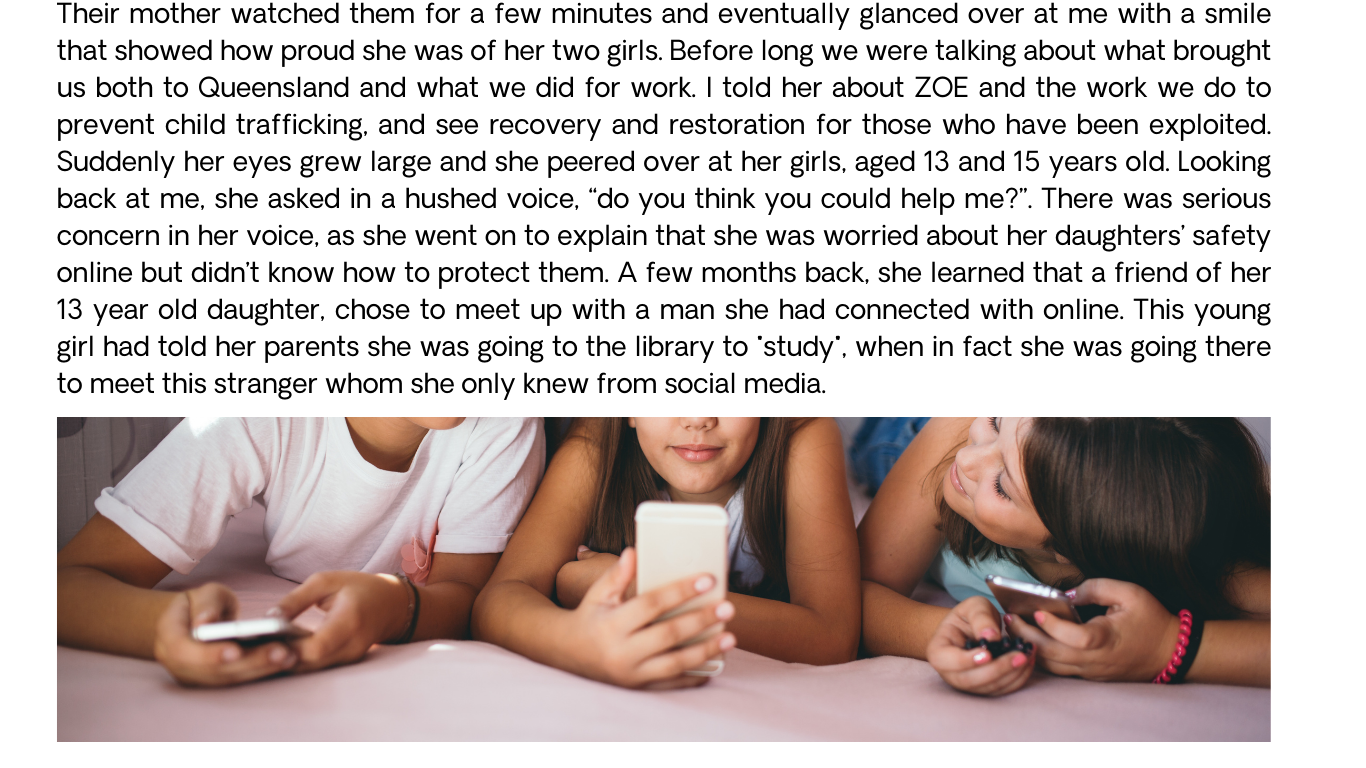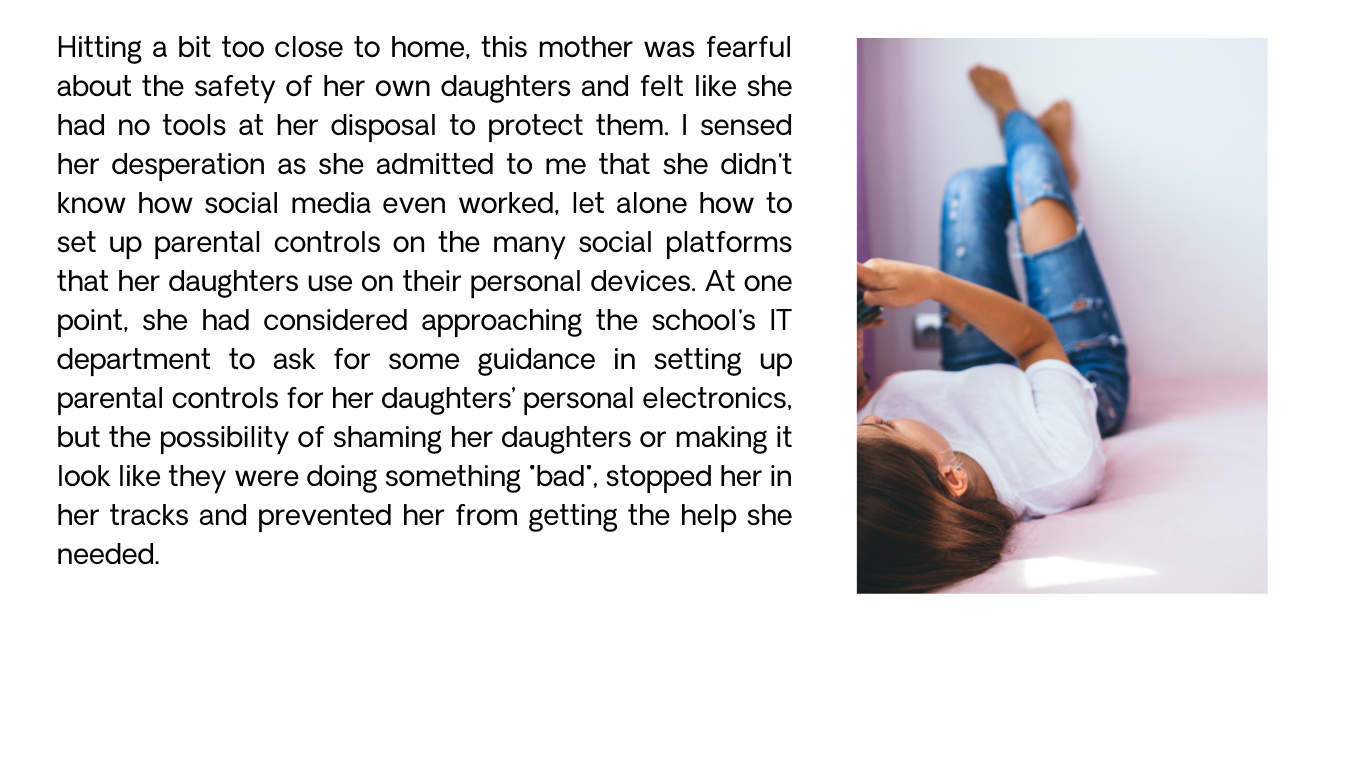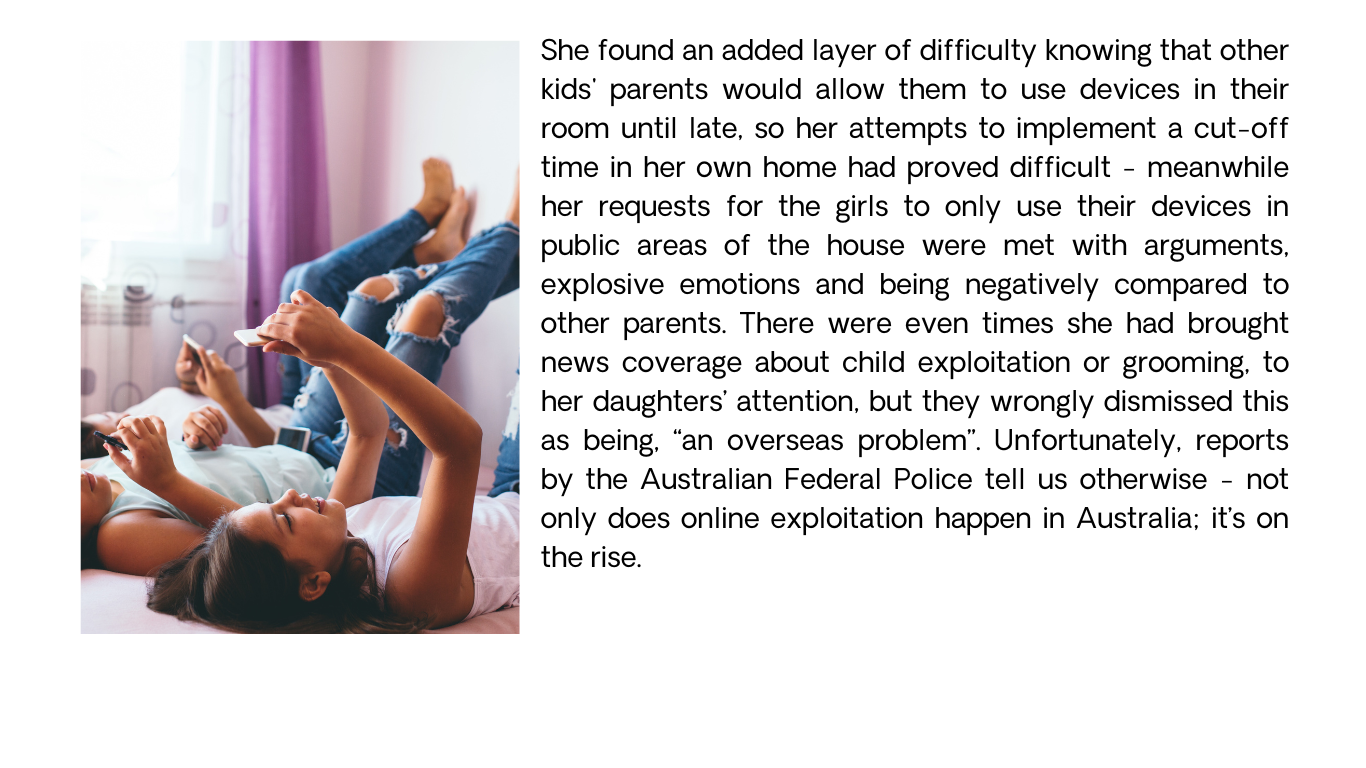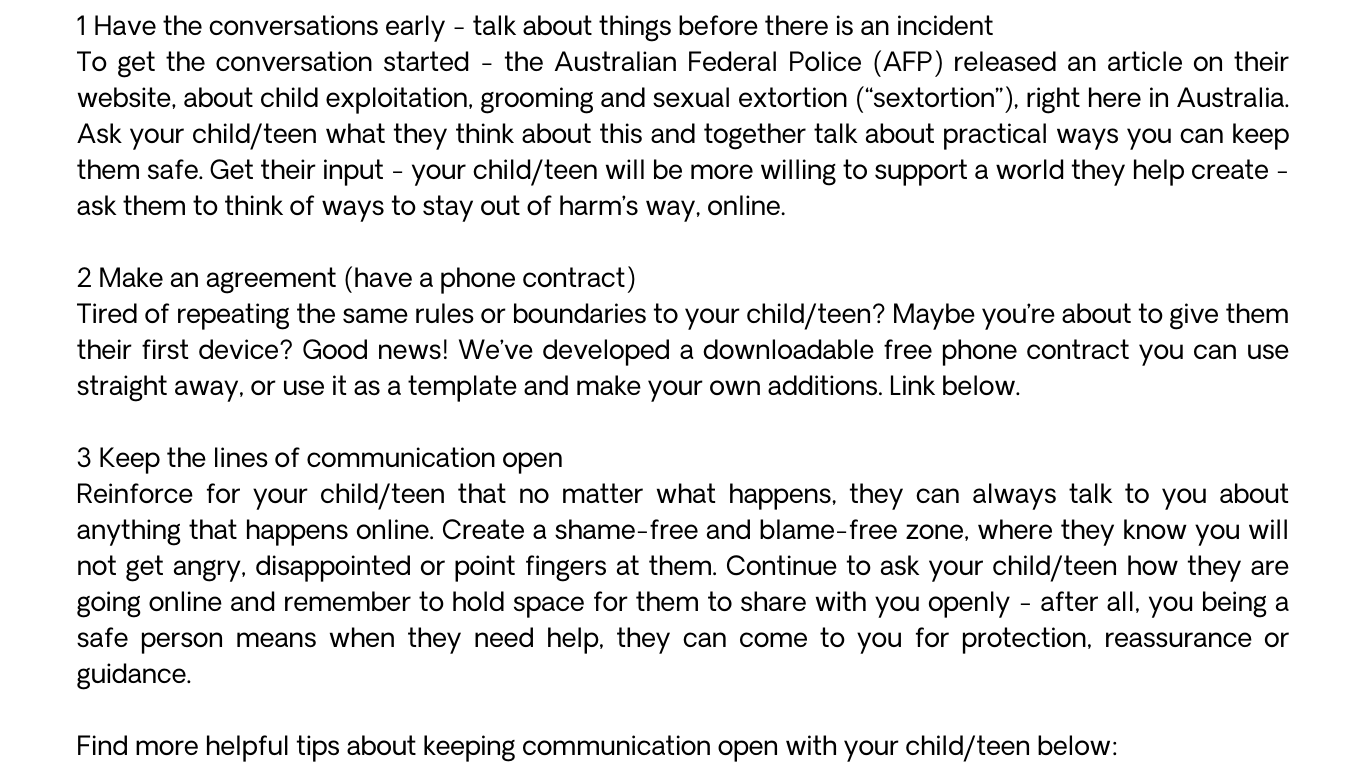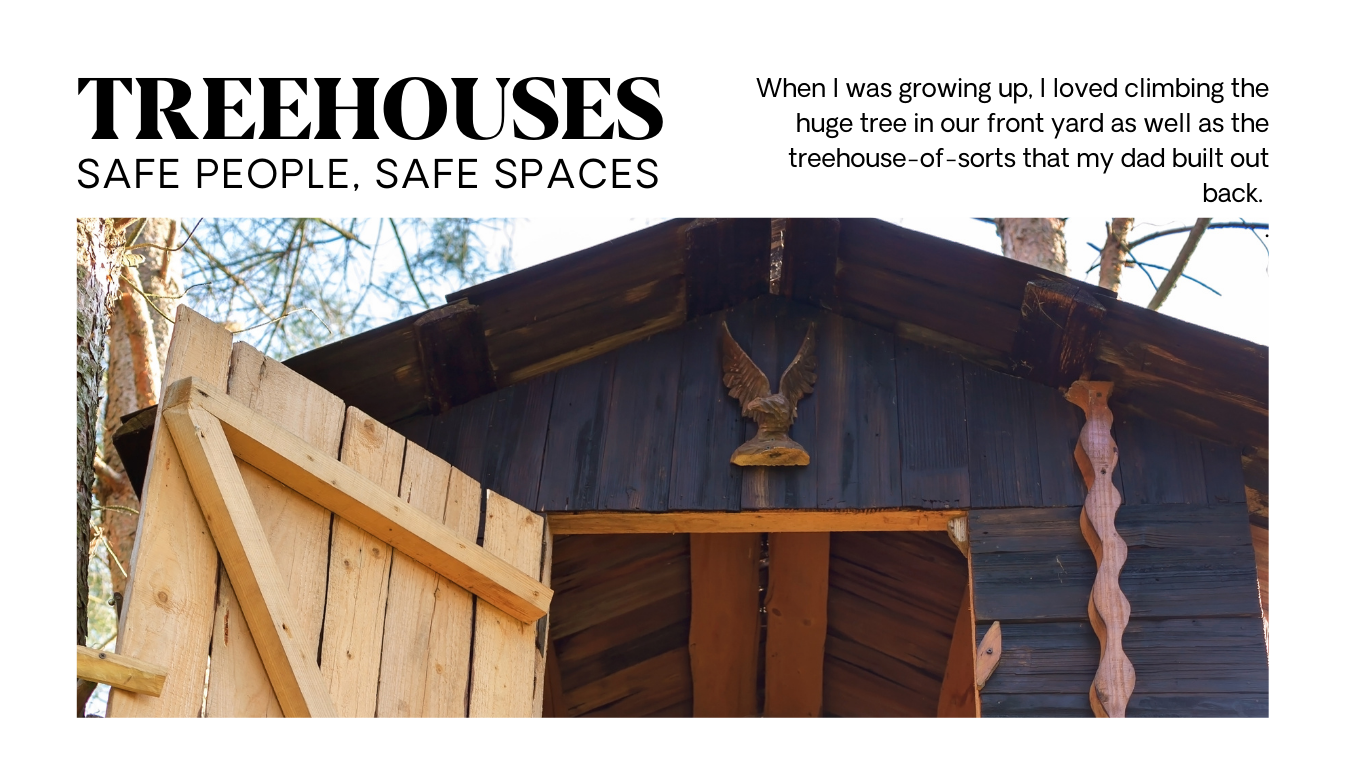

The decision to make a treehouse both the centre and the starting point for our protective behaviours game, was intentional. In this game, the treehouse represents the secure-base or safe haven. It was chosen as an alternative to the participants beginning their journey from home or school. We know for many children home or school is the location where abuse, neglect, bullying or other negative experiences may have taken place.
Treehouses signify freedom, playfulness, adventure and courage. As mentioned, perched up high in a tree, it is possible to gain a different perspective on life and the world around you. A treehouse also provides a space to process, decompress, relax and unwind - experiences we hope that children will have as they interact with this game.
Children need safe people and safe spaces for their healthy emotional, psychological, and social development. And there are many reasons why these elements are essential.
